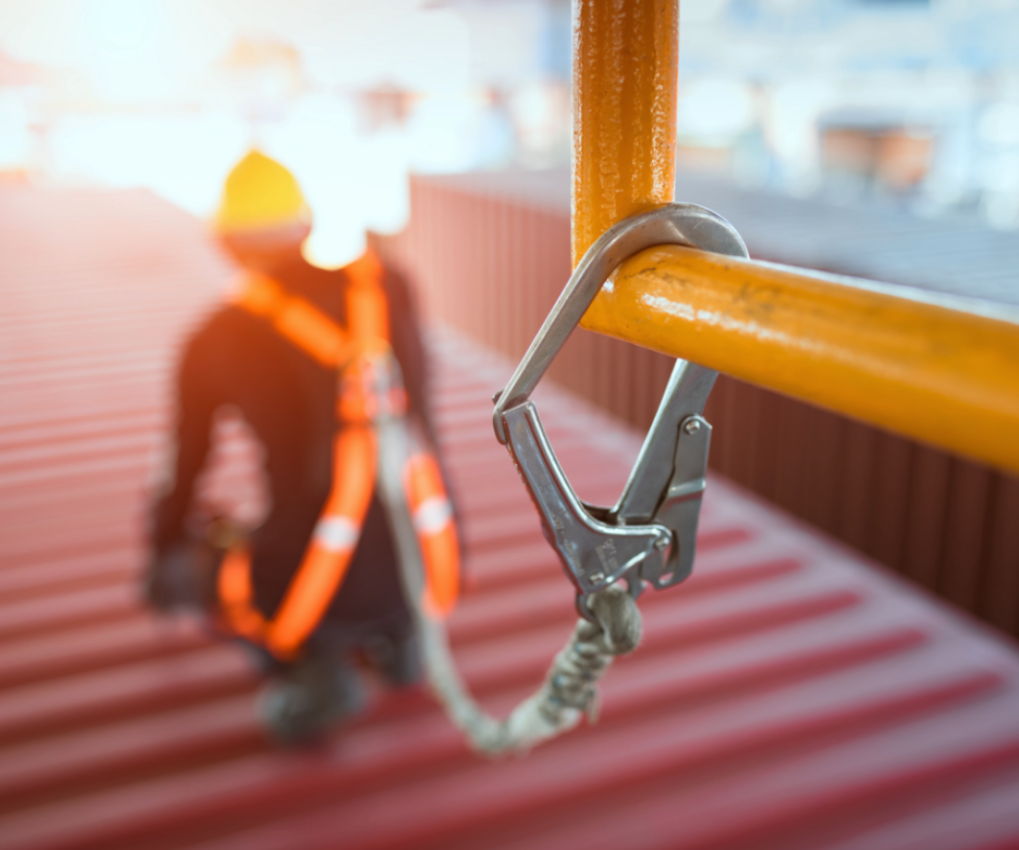What's the Difference Between OSHA and EM 385-1-1 Requirements?

We often talk about how Gadzoom’s construction documents are both OSHA and EM 385-1-1 compliant, but what does that mean, exactly?


We often talk about how Gadzoom’s construction documents are both OSHA and EM 385-1-1 compliant, but what does that mean, exactly?


As a contractor, you’re constantly on the lookout for opportunities to take your business to the next level. This often boils down to innovative new technologies that can help your employees work more efficiently, and in the process, saving valuable dollars for the organization. At the same time, because you’re a business decision-maker, you’re probably being propositioned by dozens of potential new partners every week. So how do you separate the contenders from the pretenders?


Creating and assembling effective construction administrative and safety documents is difficult, to say the least. Whether it’s an Activity Hazard Analysis or a Quality Control Plan - as a contractor, you’re constantly on the hook for meeting and exceeding the expectations of your client while meeting all applicable OSHA and USACE EM 385-1-1 regulations. Before an employee can ever step foot on the job, you are required to provide proper documentation addressing each and every task under your contract. These documents can take hundreds of hours to put together, costing your company a lot of time and money… Resources which could have gone towards doing the job you were hired for instead.


We all want to get the job done as efficiently and cost-effectively as possible. In today’s construction world, tight deadlines and low margin for error are the norm. More importantly, however, is getting things done right while also protecting your most important asset: the crew. Last year alone, 29% of all workplace deaths in the United States were from construction. That’s a statistic that needs to change, and it starts with having leaders who understand how to mitigate risk.


Your co-worker has just tripped and gone over the edge of the parapet on a roof 60’ in the air.